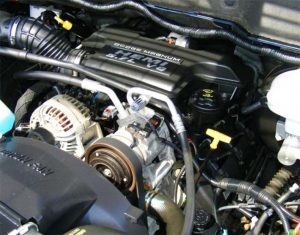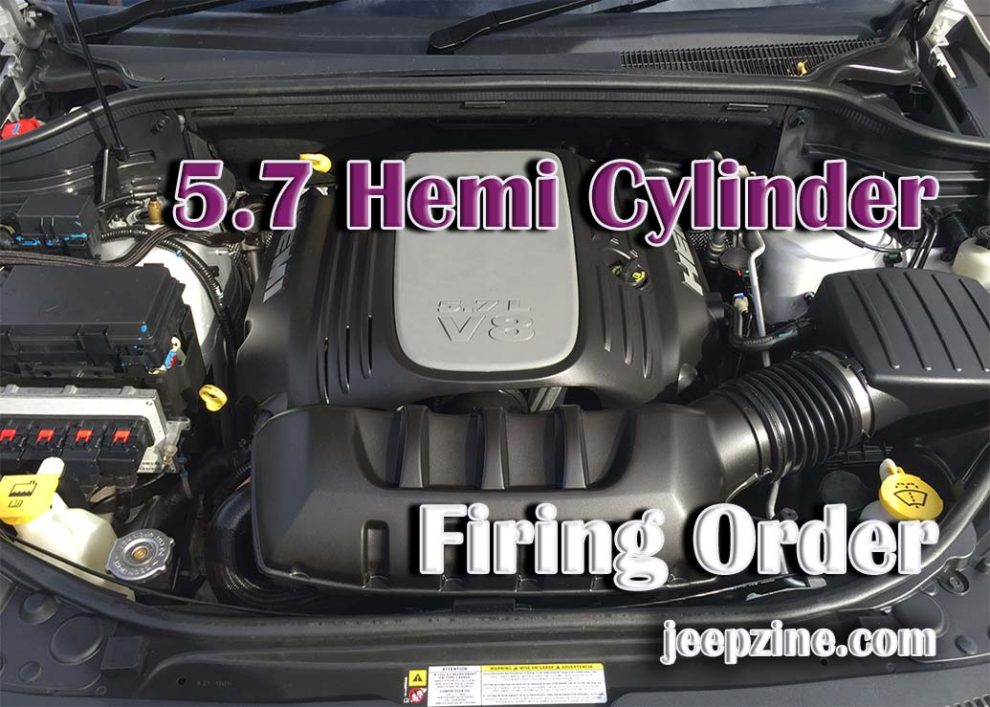What Is a Firing Order?
It’s no secret that the heart of any car is the engine. That’s what makes vehicles, no matter how big or small, move. Arguably, the engine is the most complicated and the most expensive part of any vehicle out there. This applies to sedans, trucks, SUVs, and crossovers. And one of the most important things in a car’s engine is, of course, its firing order. What is a firing order, you ask? Why does it matter?
Well, not to overwhelm you with engineering and technical terms, the firing order of a motor is the sequence in which each cylinder gets a spark from the spark plug wires. Now, a cylinder is a chamber/power unit that allows for fuel combustion and the generation of energy. And since the cylinders fire in a particular order, the gas (or, rather, the gas-air mixture) ignites in a pre-set order as well.
Otherwise, without a firing order, the engine will get seriously damaged or even rendered broken and out of service. That’s exactly why the firing order matters!
Alright, now let’s check out what Hemi 5.7 V8 has onboard. When talking about the Hemi family engines, it’s safe to say that we are dealing with one of the finest motors out there. The Hemis can serve for up to 200K – 300K miles. As for the 5.7 unit, it manages to stand out even more, which is why it’s often called the most reliable engine for a truck or SUV. The Hemi 5.7 is also very powerful. It packs 370 horsepower with 395 lb.-ft. of torque – an impressive amount of “oomph”. However, no matter how powerful it is, activating all 8 cylinders at the same time will lead to overheating.
Lucky for us, the 5.7 Hemi firing order won’t let that happen. It’s there to ensure every single cylinder fires at a specific time for smooth operation. Think of it as the engine’s safety protocol. For multi-cylinder engines, strict and coordinated firing order is a must. Technically, it’s not an easy thing to accomplish, but it’s a necessary one.
Unique Firing Orders for Different Engines

And please do remember that engines manufactured by different companies come with their own, unique firing orders. In addition, each engine variation has its own, very specific firing order. That’s right: the Hemi 5.7 V8 firing order is different from that of the Chevy 350 V8, Jeep 3.7L EGK V6, or the Ford 5.4 Triton V8.
Hemi 5.7 Firing Order
The Hemi (short for ‘hemispherical’) 5.7 engine was developed by Chrysler in 2003 and instantly became a crowd-pleaser. It’s an outstanding engine with an extended lifespan and lots of power. As for the firing order, it goes like this: 1 – 8 – 4 – 3 – 6 – 5 – 7 – 2. Every single one of the cylinders gets a chance to fire, but that only happens in a strict order.
When you start the engine, the very first cylinder fires first, then fires cylinder number 8. After that, the fourth cylinder jumps into the sequence, followed by cylinder number 3. The second cylinder is the last one to fire. No matter how fast or slow you drive, it will always be the final step in the cycle. This specific pattern is vital to understanding the 5.7 Hemi cylinder numbers, as each plays a specific role in the engine’s operation. While diving deeper into engine performance, consider exploring options like the best Cummins radiator, which significantly enhances cooling efficiency, especially in high-performance scenarios.
Final Words
It’s very hard to overestimate the importance of firing orders, and this applies to all the engines and cars on the market, both old and new. Each manufacturer has its own specific firing order that works best for their particular engines. The firing order differs depending on the brand and the type/variation of the engine. Regardless of the manufacturer, the vehicle, or the engine, the purpose of a firing order is to extend the lifespan of the motor, keep vibrations to a minimum, and ensure a smooth, comfortable ride quality. Without it, the engine will overheat before long, forcing you to pay big bucks for a repair or even a complete replacement.


Add Comment